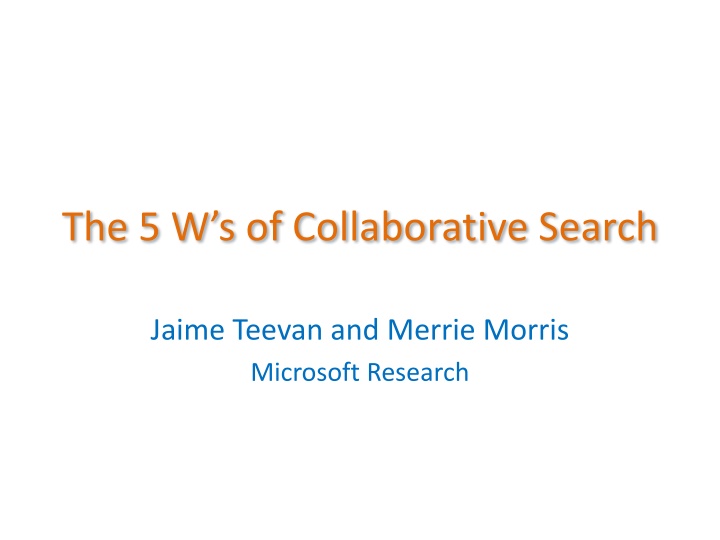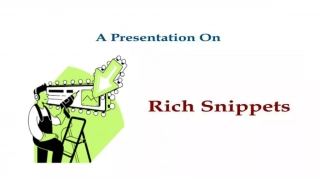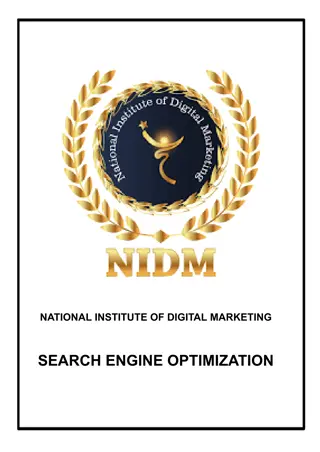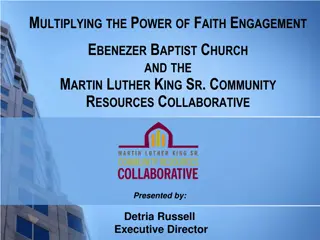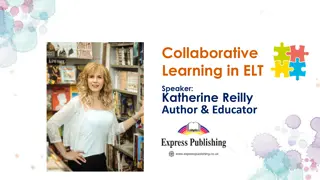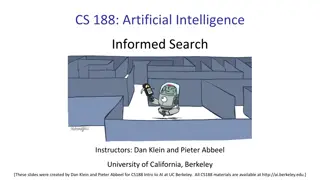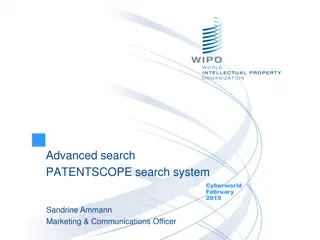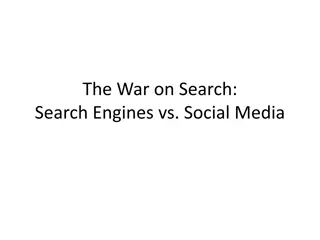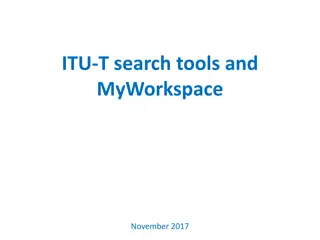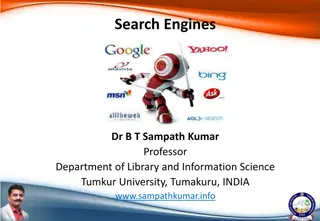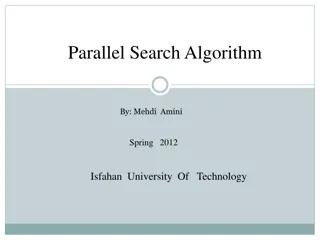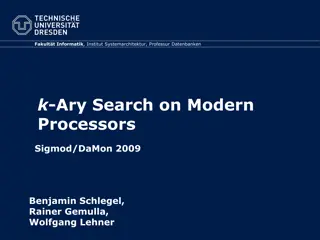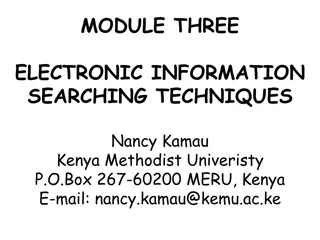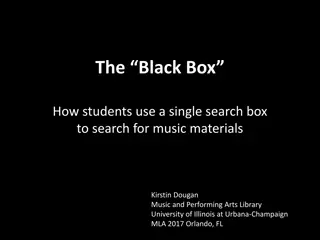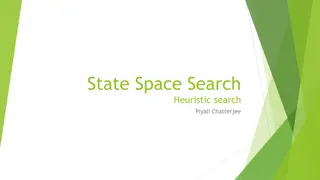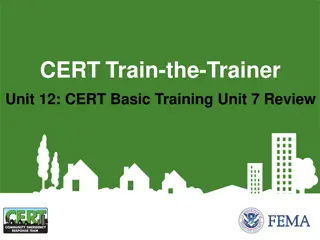Collaborative Search Insights: Who, What, Where, When & Why
This insightful content delves into the key aspects of collaborative search, exploring who engages in it, what tasks are involved, where collaborators are located, when collaboration occurs, and why people collaborate. Discover how we can support collaborative search and understand the dynamics behind this collaborative process.
Download Presentation

Please find below an Image/Link to download the presentation.
The content on the website is provided AS IS for your information and personal use only. It may not be sold, licensed, or shared on other websites without obtaining consent from the author.If you encounter any issues during the download, it is possible that the publisher has removed the file from their server.
You are allowed to download the files provided on this website for personal or commercial use, subject to the condition that they are used lawfully. All files are the property of their respective owners.
The content on the website is provided AS IS for your information and personal use only. It may not be sold, licensed, or shared on other websites without obtaining consent from the author.
E N D
Presentation Transcript
The 5 Ws of Collaborative Search Jaime Teevan and Merrie Morris Microsoft Research
Who, What, Where, When & Why? Who does collaborative searches? What are collaborative search tasks? Where are the collaborators located? When does the collaboration occur? Why do people collaborate? Understand Frame How can we support collaborative search?
Who Does Collaborative Searches? Everyone! More than 50% report collaborating for search People rely on others even for individual search Consider type of relationship Privacy considerations Friends v. strangers Kids v. adults
What Are Collaborative Search Tasks? Tend to be involved tasks (v. directed search) Some popular tasks: Travel planning Shopping Technical information/literature Important: Important task be related to group Work groups get benefit for work tasks Social groups get benefit for social tasks
Where Are the Collaborators Located? Co-located Ability to share control Ability to partition task: Smart Splitting Remote Awareness of others important Type 2 Diabetes Complications - American Diabetes Association Type 2 Diabetes Complications - American Diabetes Association Many of the complications of diabetes are strongly related to high blood sugar levels. It is believed that keeping your blood sugar levels in your target range is your best defense ... your best defense ... Many of the complications of diabetes are strongly related to high blood sugar levels. It is believed that keeping your blood sugar levels in your target range is www.diabetes.org/type-2-diabetes/complications.jsp www.diabetes.org/type-2-diabetes/complications.jsp
When Does the Collaboration Occur? Synchronous Communication important Support different roles Asynchronous Need to preserve and expose state Hard to identify future value of information Can collaborate with future self
Why Do People Collaborate? Group identification Explicit Implicit Group longevity Task-based Trait-based Task Friends Explicit Age Identification Gender Job team Job role Location Relevance judgments Implicit Query selection Interest group Task-based Trait-based Longevity
How Can We Support Collaboration? Group identification Match people into groups Match task to appropriate group Algorithmic support for collaborative search Identify documents of interest to group Partition information appropriately to members Summarize documents based on group interests
How Can We Support Collaboration? Build a common evaluation framework An example framework Individual profiles Grouping information Relevance judgments for common queries We have used the framework to study Groupization Smart splitting Group hit highlighting
Thank you. Jaime Teevan http://research.microsoft.com/~teevan Collaborative Search M. R. Morris and Teevan, J. Collaborative Search: Designing for a Spectrum of Collaborative Styles. (Ed. G. Marchionini.) Morgan-Claypool 2009. Groupization Teevan, J., M. R. Morris and S. Bush. Discovering and Using Groups to Improve Personalized Search. WSDM 2009. Exploring Solutions Morris, M. R., J. Teevan and S. Bush. Enhancing Collaborative Web Search with Personalization: Groupization, Smart Splitting, and Group Hit- Highlighting. CSCW 2008. Group Types Morris, M. R. and J. Teevan. Understanding Groups' Properties as a Means of Improving Collaborative Search Systems. JCDL Workshop on Collaborative Information Retrieval 2008.
